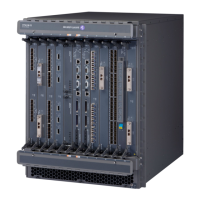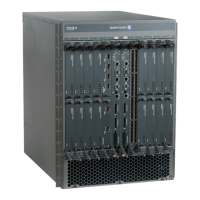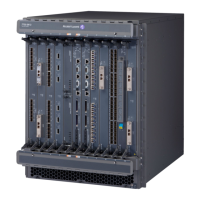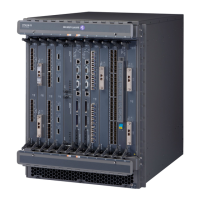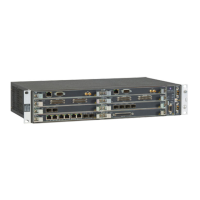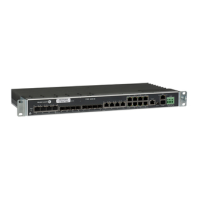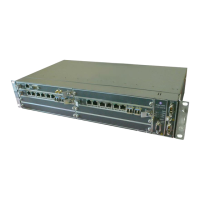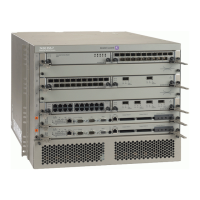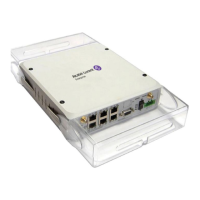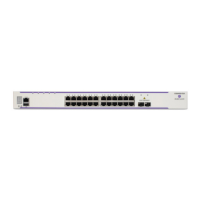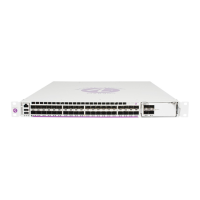High Availability
Page 218 7750 SR OS Basic System Configuration Guide
availability poses a major issue for conventional routers whose architectural design limits or
prevents them from implementing NSR.
The following NSR entities remain intact after a switchover:
• BGP sessions — BGP peers should not see any change after the switchover.
NSR supports all the address families, including IPv4 unicast, VPN-IPv4 unicast, and
IPv6 and supports BGP sessions on network ports as well as on the access ports (i.e.,
VPRN).
• OSPF adjacencies — OSPF neighbors do not see any change after the switchover.
• IS-IS adjacencies — IS-IS neighbors do not see any change after the switchover.
• RIP session — RIP neighbors do not see any change after the switchover.
• Frame Relay data-link connection identifiers.
• ATM VPs/VCs.
• PPP and MLPPP sessions.
CPM Switchover
During a switchover, system control and routing protocol execution are transferred from the active
to the standby CPM.
An automatic switchover may occur under the following conditions:
• A fault condition that causes the active CPM to crash or reboot.
• The active CPM is declared down (not responding).
• Online removal of the active CPM.
A manual switchover can occur under the following conditions:
• To force a switchover from an active CPM to a standby, use the
admin redundancy
force-switchover
command. You can configure a batch file that executes after
failover by using the
config system switchover-exec and admin redundancy
force-switchover now
CLI commands.
Note that with the 7750 SR-1 the
admin reboot[now] CLI command does not cause a
switchover but a reboot of the entire system.
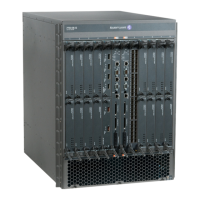
